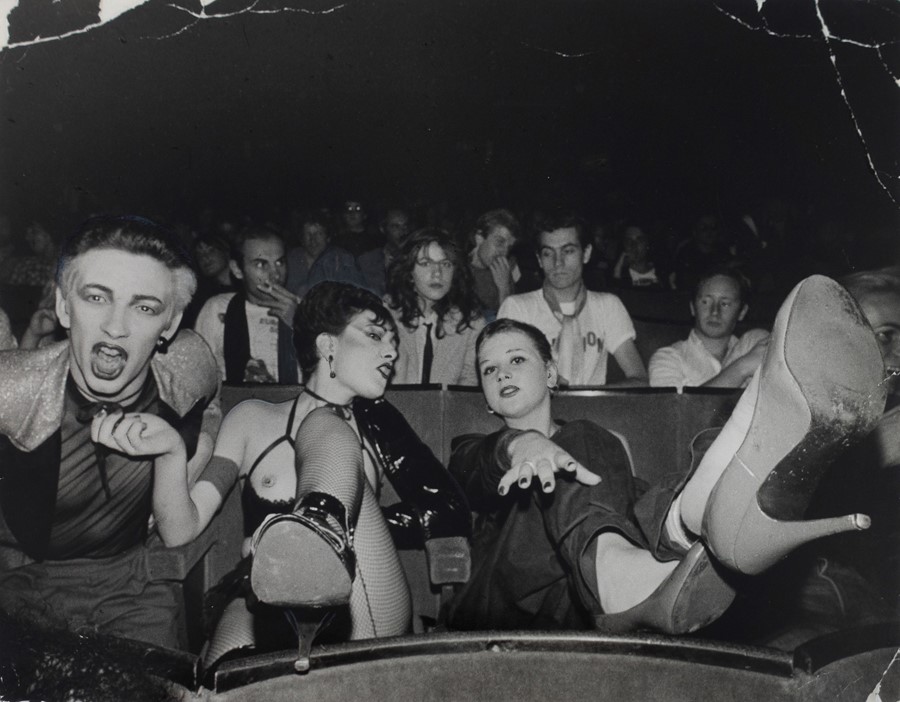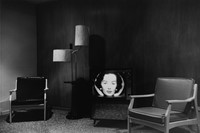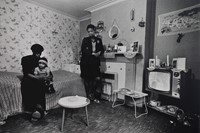As his eponymous gallery shows a selection of “pictures on screens” at Photo London 2019, Hoppen shares his top tips for anyone in the market for photography
Gallerist and photography collector Michael Hoppen’s interest in cameras and taking pictures began in his early childhood, at the age of seven or eight; training in image-making and buying photography came later. “About 40 or 45 years ago I started collecting photographs and buying them in markets and things – not that anyone else was really doing it, I just thought it was an interesting area to look at,” Hoppen tells AnOther. “I remember buying my first photograph in Portobello back in the 1970s, and they were very cheap things then of course so you could afford to dabble, and I haven’t really stopped. I bought pictures yesterday, I still collect every day.”
For the 2019 edition of Photo London, Michael Hoppen Gallery – which represents artists including Eamonn Doyle, Nobuyoshi Araki, Harley Weir, and Tim Walker – is presenting a selection of “pictures on screens”, a comment on our tendency to look at artworks on screens today. “Obviously people spend so much of their lives on computer screens and iPhones and all the rest of it, and people have been taking pictures of the TV for years. We’ve gone back into the archives and we found some very interesting pictures by some well-known artists, people like Lee Friedlander and O. Winston Link and others, who have used TV or cinema screens as the theme or the centre of their photographs.” Taking up an entire wall of the room in Somerset House that the gallery is inhabiting for Photo London’s four days (work by the likes of Paolo Pellegrin and Siân Davey feature elsewhere), the selection of images offers a compelling – and indeed somewhat meta, for anyone then taking photos of the photos – look at our long held obsession with screen time.
With over 100 galleries and publishers showing at Photo London, anyone looking to browse the selection or enter into the world of buying photography might easily feel overwhelmed. We asked Hoppen what advice he might offer a person in that very position – here, he shares some guidance when it comes to buying photography, and stories of his most memorable purchases (plus some that got away).
1. Buy what you like
“The first thing to do is never buy something you don’t love if you’re going to look at it every day – and everyone in the art dealing world will tell you to buy what you like, don’t buy what people tell you to buy. For me, photography allows you to go into so many different places and directions and although it’s only about 174 years old it’s still full of the most amazing, fantastic imagery.”
2. Find the right people to work with...
“The other thing is obviously to work with people who give you good information, don’t be frightened to ask questions and make sure you get good answers about the process. For example, a lot of dealers will sell photographs but don’t know anything about how they’re made, and I think that’s very important. Work with people who know what they’re doing.”
3. ...And ask them the right questions
“Ask the right questions, i.e. how was the picture made, when was it printed, who printed the photograph – was it the photographer or was it an assistant – all those sort of things are relevant. And what is the story behind the photograph, something that I always think adds huge amounts of value – I don’t mean financial, I mean emotional value – to a picture is if you know the story behind it. And if people can’t give you that information there needs to be a good reason as to why they can’t, and one should question that. Be quite assertive.”
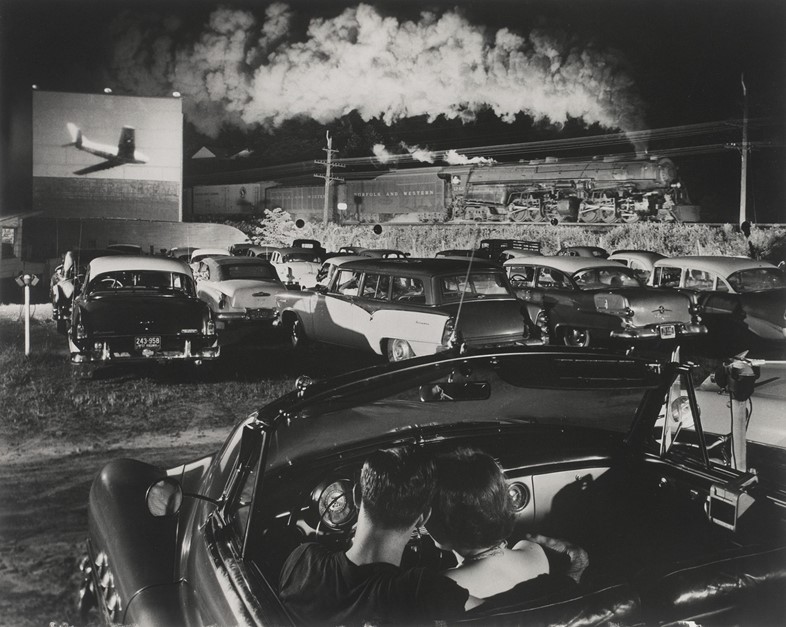
4. Go further afield
“I tend to go to Japan, and obviously the auctions and markets and art fairs are places that I spend a lot of time looking for things. One can turn up all sorts of interesting things at small auction houses and markets outside London, and certainly abroad in France there are wonderful places to visit – you need to know what you’re doing, because of course not everything is what it seems. Certainly I think there are still a great deal of opportunities to buy photography for very little, if you’re prepared to spend some time looking for things.”
5. Store your purchases carefully
“I bought three William Egglestons, which were I think $1,800 for the three – my mother thought I was completely mad, I think I was about 18 at the time – and they got thrown away because I hadn’t got them hanging at the time and somebody thought they were posters. So that little bit didn’t end terribly happily, but they were very, very, very inexpensive for what they were. I think today they’d be worth, I don’t know, probably $100,000 each, if not more. I don’t know what made me buy them at the time, it’s a strange thing. I was a photographer, I trained as a photographer at university and therefore I loved his work. He took pictures of very ordinary things that at the time people maybe wouldn’t have thought were worth pointing a camera at and making such beautiful prints, but I think as a photographer one recognised that he had something extraordinary to say and I was delighted to have them.”
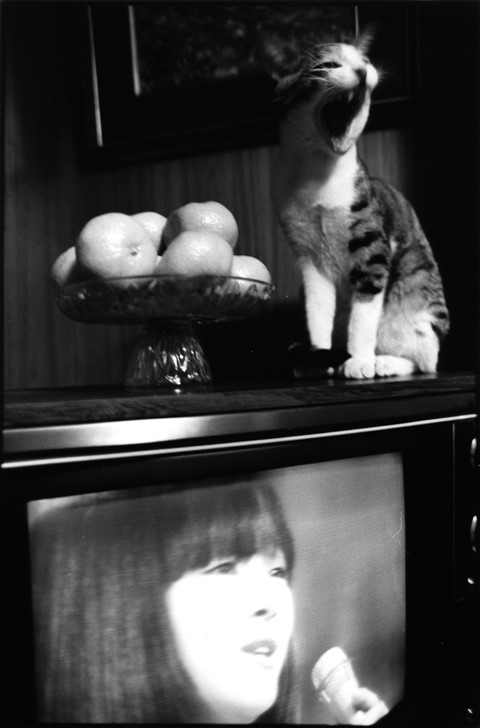
Photo London is at Somerset House from May 16 – 19, 2019; Michael Hoppen Gallery is showing in the west wing.
